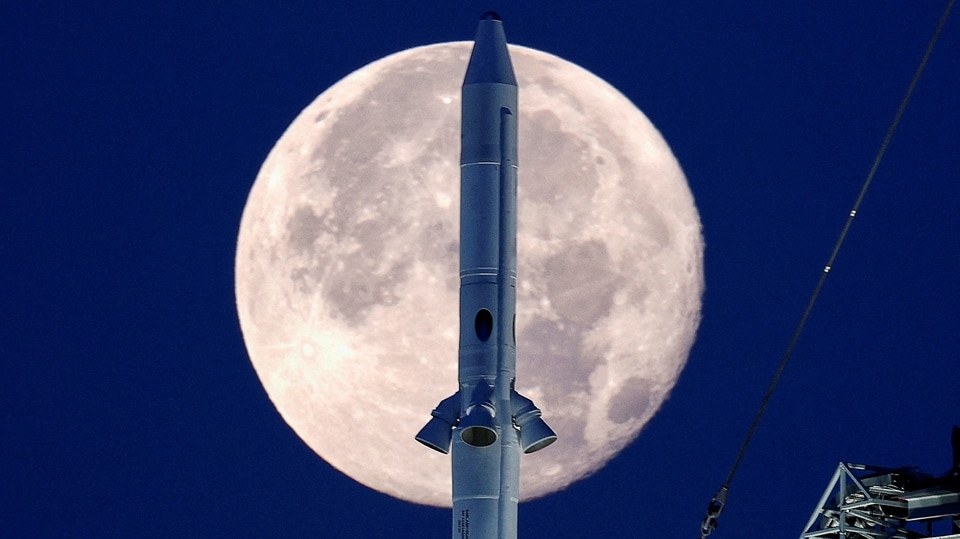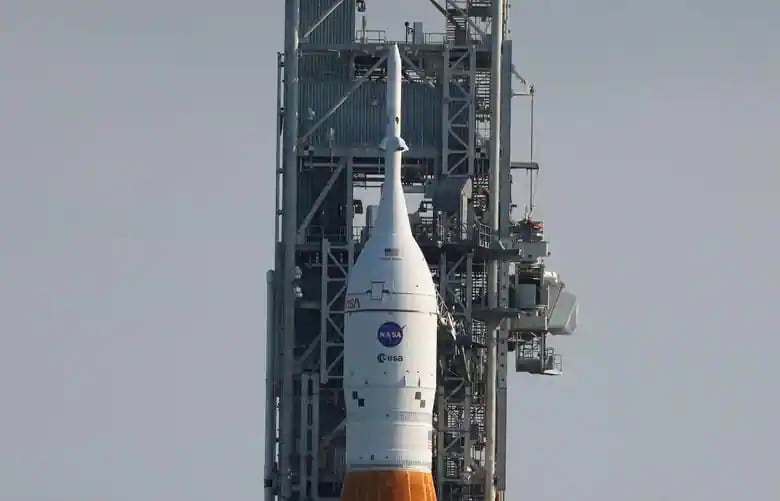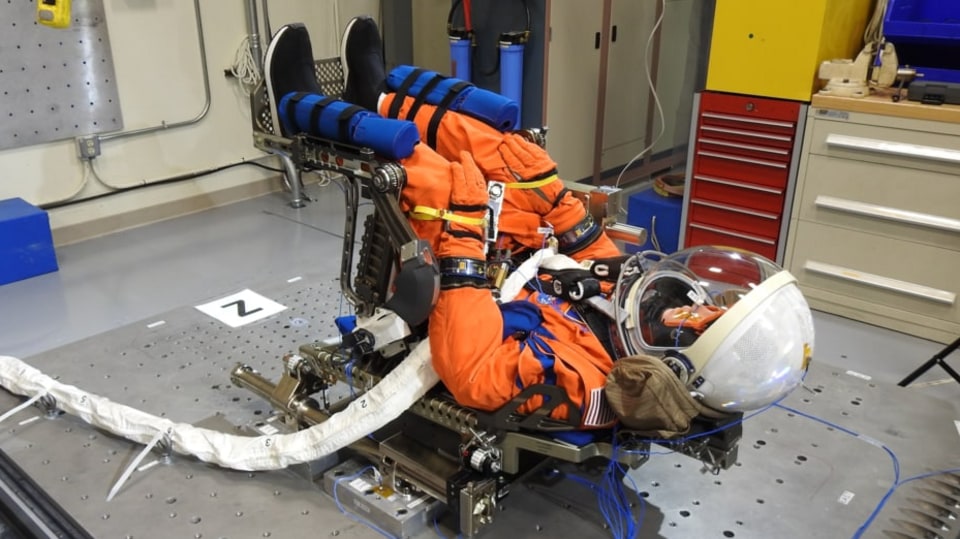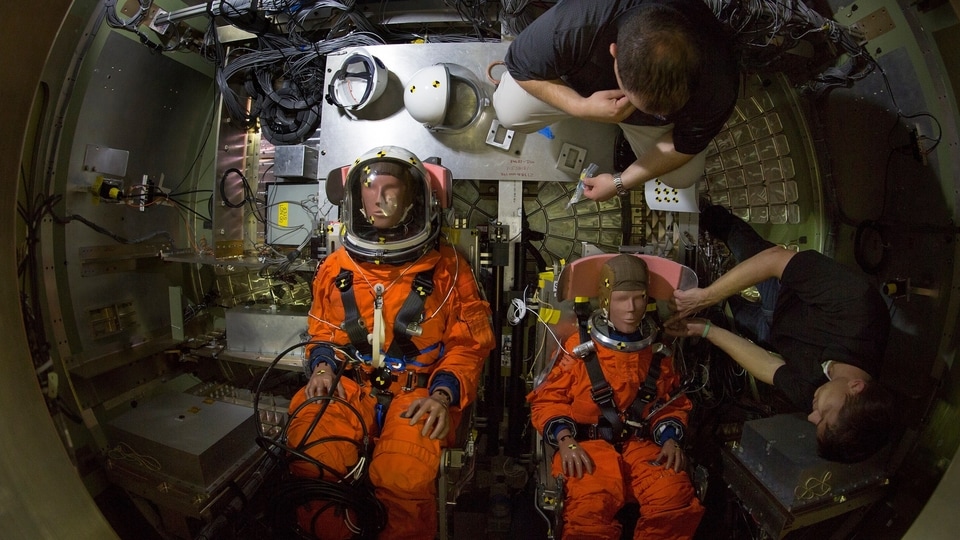NASA Hubble Space Telescope, James Webb Telescope helping learn more about faraway worlds!
NASA Exoplanets confirmed that there are more than 5,000 planets beyond our solar system. It also said that the Hubble Space Telescope and James Webb Telescope are helping learn more about faraway worlds.






 View all Images
View all ImagesYou must be knowing about planets in our solar system, one of them being the planet on which we live- Earth. But do you know that NASA has confirmed more than 5,000 planets beyond our solar system, so far. Also, with the help of NASA's Hubble Space Telescope and James Webb Telescope the research organisation is trying to learn more about the faraway worlds. Informing about the same, NASA Exoplanets, NASA team looking for planets and life beyond our solar system tweeted, "We've confirmed more than 5,000 planets beyond our solar system – so far. We're living in an age of discovery! With @NASAWebb we're building on science by @NASAHubble and other telescopes to learn more about the actual conditions on these faraway worlds."
We've confirmed more than 5,000 planets beyond our solar system – so far. We're living in an age of discovery! With @NASAWebb we're building on science by @NASAHubble and other telescopes to learn more about the actual conditions on these faraway worlds. https://t.co/QiNvOcy82I pic.twitter.com/b4JmSHNegB
— NASA Exoplanets (@NASAExoplanets) August 17, 2022
It can be known that NASA's James Webb Space Telescope has begun to deliver amazing number of images and data. The targets for observations to come include the atmospheres of some of the strangest exoplanets found so far. "Among the best ways to understand these atmospheres, and even the planets themselves, will be the first-ever direct observations of clouds, however weird and exotic they might be," NASA said in a report.
Also Read: Astronomers witness a Black Hole delivery system in action! Check details
“On Earth, a lot of these minerals are jewels,” said Tiffany Kataria, an exoplanet scientist at NASA's Jet Propulsion Laboratory in Southern California. “A geologist would study them as rocks on Earth. But they can form clouds on exoplanets. That's pretty wild.”
"These planets – hot gas giants – are among many exoplanet types confirmed in the galaxy. They could have clouds of vaporized rock because they orbit so close to their stars, making their atmospheres ferociously hot," the report informed.
“Clouds tell us a lot about the chemistry in the atmosphere,” Kataria said. “It then becomes a question of how the clouds formed, and the formation and evolution of the system as a whole,” she added.
The Webb telescope's many capabilities include “spectroscopy” – splitting the light Webb receives from distant stars and planets into a spectrum, a bit like a rainbow. That would allow scientists to read the types of molecules present in an exoplanet atmosphere. And that means Webb could detect specific types of minerals in clouds. Detailed study of exoplanet clouds might even yield evidence of a habitable, potentially life-bearing planet – say on a small, rocky world like Earth.
James Webb Space Telescope is an international program led by NASA with its partners, ESA (European Space Agency) and the Canadian Space Agency.
Catch all the Latest Tech News, Mobile News, Laptop News, Gaming news, Wearables News , How To News, also keep up with us on Whatsapp channel,Twitter, Facebook, Google News, and Instagram. For our latest videos, subscribe to our YouTube channel.





























